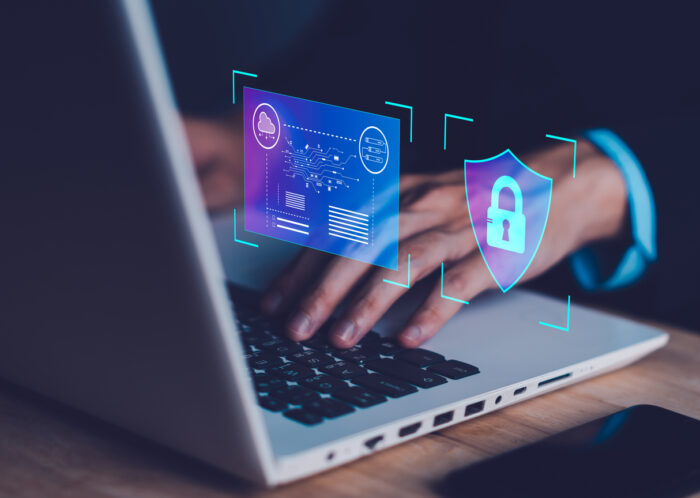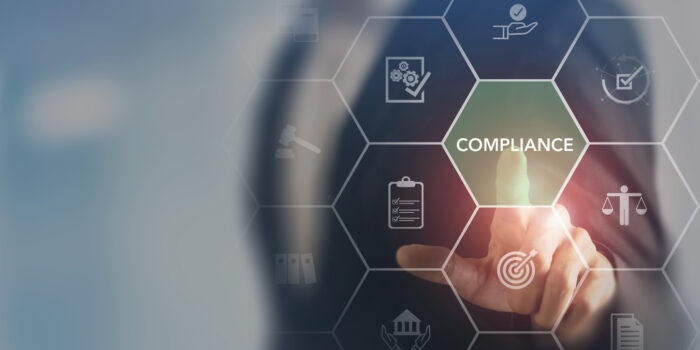Det digitale landskab er i konstant udvikling, og med det følger en række cybertrusler, der udfordrer sikkerheden for enkeltpersoner og organisationer, bl.a. phishing-angreb. For nylig udsendte National Cyber Security Centre Finland (NCSC-FI) en gul advarsel, der signalerede en betydelig og bekymrende tendens inden for cybersikkerhed: en stigning i phishing-angreb, der specifikt er rettet mod Microsoft 365-konti. Denne udvikling er ikke bare en forbigående bekymring, men en vedvarende trussel med vidtrækkende konsekvenser for datasikkerheden.
Phishing-angrebets anatomi
Kernen i disse angreb er en velorkestreret phishing-strategi. Cyberkriminelle med et højt niveau af raffinement sender falske e-mails, der er genialt udformet til at efterligne officiel Microsoft 365-kommunikation. Disse e-mails, der ofte har temaet "sikker kommunikation", er overbevisende nok til at narre brugerne til at afsløre deres loginoplysninger. Bedraget forstærkes yderligere af brugen af PDF-vedhæftede filer med indlejrede phishing-links, hvilket har ført til et stort antal databrud. Når disse legitimationsoplysninger er i de forkerte hænder, får angriberne uhindret adgang til ofrenes Microsoft 365-konti, hvilket medfører uautoriseret adgang til følsomme oplysninger og databrud.
Omfang og konsekvenser af phishing-angreb
Virkningen af disse phishing-angreb rækker vidt og bredt. Adskillige finske organisationer er allerede blevet ofre for disse hændelser, og der er sandsynlighed for mange flere urapporterede tilfælde. Da digitale netværk er indbyrdes forbundne, kan en enkelt kompromitteret konto fungere som en gateway for phishing-kampagnen, der spreder sig til kontakter, der er knyttet til den pågældende konto. Denne dominoeffekt resulterer i en udbredt kæde af sårbarhed og eksponering, hvilket understreger det kritiske behov for øgede cybersikkerhedsforanstaltninger.
Strategier for afhjælpning og forebyggelse
Som svar på denne eskalerende trussel går NCSC-FI ind for at indføre multifaktorautentificering (MFA) som en primær forsvarslinje. Ved at kræve flere former for verifikation reducerer MFA sandsynligheden for uautoriseret adgang betydeligt. Men brugen af MFA bør være en del af en omfattende sikkerhedsstrategi. Dette omfatter uddannelse af personalet i nuancerne i phishing-kampagner, vigtigheden af at verificere ægtheden af hjemmesider, før man indtaster legitimationsoplysninger, og opretholdelse af en høj grad af årvågenhed med hensyn til oprindelsen og indholdet af e-mails.
Ekspertindsigt: Bevidsthedens rolle
Harri Holmström, seniorspecialist hos NCSC-FI, fremhæver den afgørende rolle, som bevidsthed og opmærksomhed på detaljer spiller for at afværge disse angreb. Ved at være i stand til at identificere kendetegnene ved phishing-forsøg og udvise forsigtighed i digitale interaktioner, kan enkeltpersoner og organisationer markant reducere deres sårbarhed over for sådanne cybertrusler.
Forstå den bredere kontekst af phishing-angreb
Denne situation er en stærk påmindelse om cybertruslernes dynamiske og evigt udviklende natur. Phishing, der engang blev opfattet som et relativt ligetil svindelnummer, har nu forvandlet sig til et komplekst og formidabelt værktøj i de cyberkriminelles arsenal. En ondsindet HTML-fil er vedhæftet en e-mail, som det uvidende offer modtager, hvilket starter angrebet. Uden at vide det bliver offeret omdirigeret til en falsk Microsoft 365-side i deres webbrowser efter at have åbnet denne fil. De bliver lokket til at give deres loginoplysninger på den vildledende hjemmeside. Når dette er gjort, indsamler angriberne hurtigt disse data til ondsindet brug. Den specifikke målretning mod Microsoft 365-konti, en platform, der er integreret i både forretnings- og privatlivet, markerer et strategisk skift i cyberkriminelles aktiviteter mod mål med høj værdi og stor effekt.
Konklusion
Den gule advarsel fra NCSC-FI er mere end blot en advarsel; det er en klar opfordring til proaktiv handling. Den understreger nødvendigheden af øget årvågenhed, robuste sikkerhedsforanstaltninger og løbende uddannelse i bedste praksis for cybersikkerhed. I en tid, hvor vores personlige og professionelle liv er uløseligt forbundet med digitale platforme, er det ikke bare tilrådeligt at være proaktiv i cyberforsvaret - det er afgørende. Når vi navigerer i den digitale tidsalders kompleksitet, er det afgørende at huske, at cybersikkerhed er et kollektivt ansvar, og at vores fælles indsats er afgørende for at beskytte vores fælles digitale økosystem.


